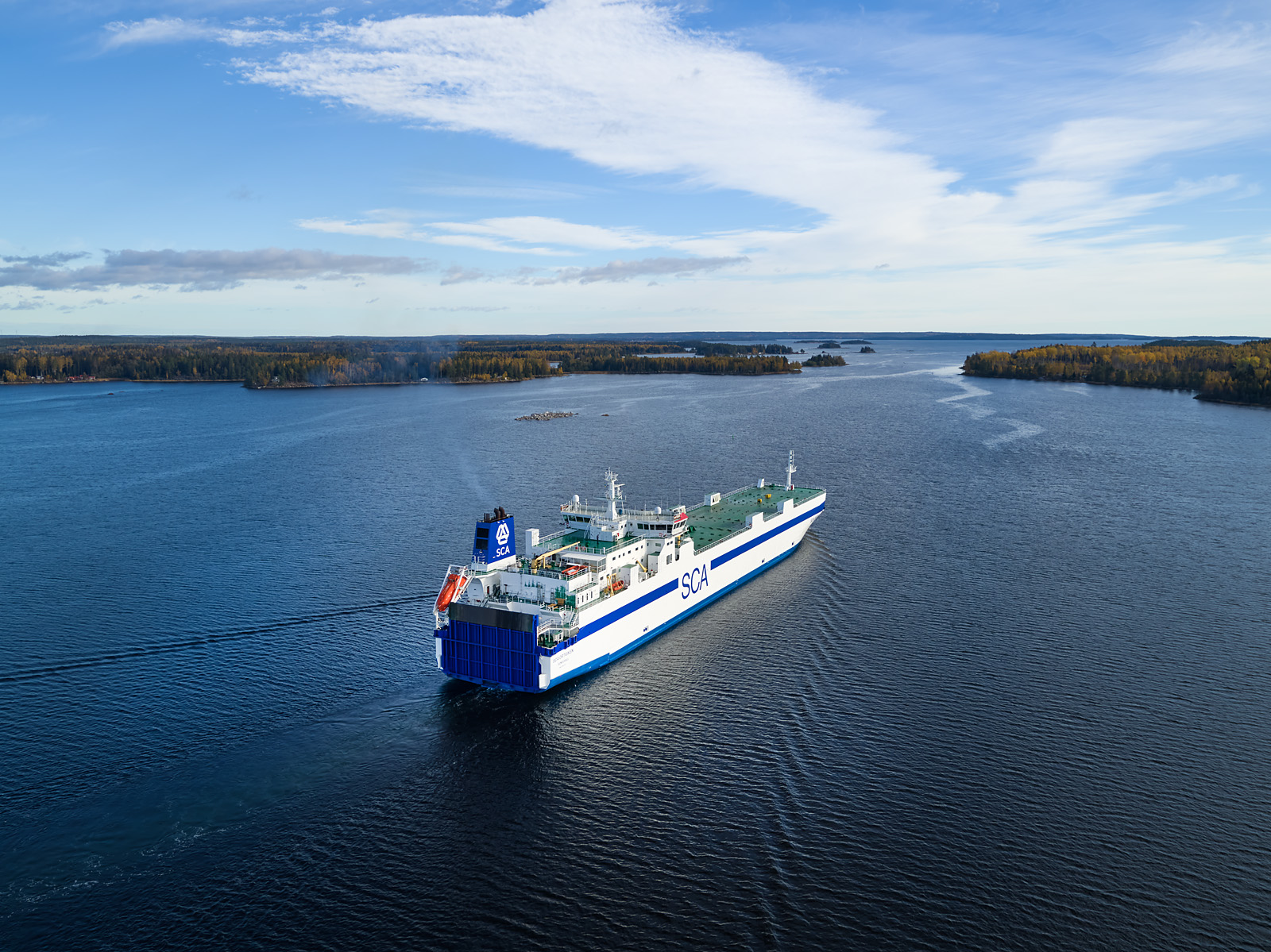
- MEDIA
- RISING PRICES AS EU EMISSIONS TRADING SYSTEM EXTENDED TO MARITIME SHIPPING
Rising prices as EU Emissions Trading System extended to maritime shipping
- Article
- Logistics
From 2024, the EU Emissions Trading System (EU ETS) will be extended to maritime transport emissions. The new rules will be introduced gradually and by 2026 they will cover all maritime shipping. “This will involve a gradual increase in costs for maritime transport over the next few years,” says Magnus Svensson, President of SCA Sourcing and Logistics.
EU ETS has been in place since 2005. The system’s purpose is to reduce emissions of carbon dioxide and other greenhouse gases. Thus far, maritime shipping has not been affected by EU ETS but this situation will change at the turn of the year. The system will be introduced in stages: 40 per cent of emissions reported for 2024 must be covered by emission allowances, rising to 70 per cent of reported emissions in 2025. By 2026, maritime shipping will be fully phased in and 100 per cent of reported emissions must be covered by emission allowances.*
“This change will result in increased costs for customers purchasing maritime transport,” confirms Magnus.
Prices will vary
Emission allowances are traded on the EU carbon market, which operates much like a stock exchange or auction house; price is governed by supply and demand and thus fluctuates continuously.
“This implies that customers’ costs will also fluctuate over time. This is because the additional cost of emission allowances will be regulated in roughly the same way as fuel clauses, so that the surcharge will be controlled by the current price. One can follow the price of emission allowances over time, so the system is completely transparent,” says Magnus.
SCA contributes renewable energy
At the same time as requirements to purchase emission allowances will gradually increase, so the number of allowances for sale will decrease. In all likelihood, this will lead to price increases as time goes by.
“There has been an enormous increase in the price of bunker fuel since the war in Ukraine broke out and this has already increased maritime shipping costs. There will now be further price rises. Maritime shipping is often in competition with road haulage and there is a risk that maritime shipping will become less competitive and more goods will be transported by road instead. This would increase carbon dioxide emissions and would therefore be counterproductive in terms of the climate,” notes Magnus. “Unfortunately, the fundamental problem is that there is not enough fossil-free electricity available to manufacture enough sustainable fuels. This is an issue that needs to be addressed.”
SCA contributes to society’s need for climate-friendly energy by producing wind power and bioenergy. We are also examining the possibility of opening a biorefinery to produce sustainable fuels.
Sustainable shipping
Alongside rail traffic, maritime shipping is the most sustainable transport alternative available. As ships have the capacity for large cargo volumes, emissions per tonne-km are lower.
“And there has long been a trend towards building bigger, more efficient vessels, so emissions per tonne are becoming lower and lower. It is uncertain whether the new rules on emission allowances will further encourage this development, given that there are already so many powerful forces driving the trend,” concludes Magnus.
* Figures relate to vessels departing from and arriving in EU Member States. From 2024, vessels departing from the EU for or arriving in the EU from third countries will be required to purchase emission allowances to cover 50% of emissions.
Text: Kerstin Olofsson
Photo: Torbjörn Bergkvist